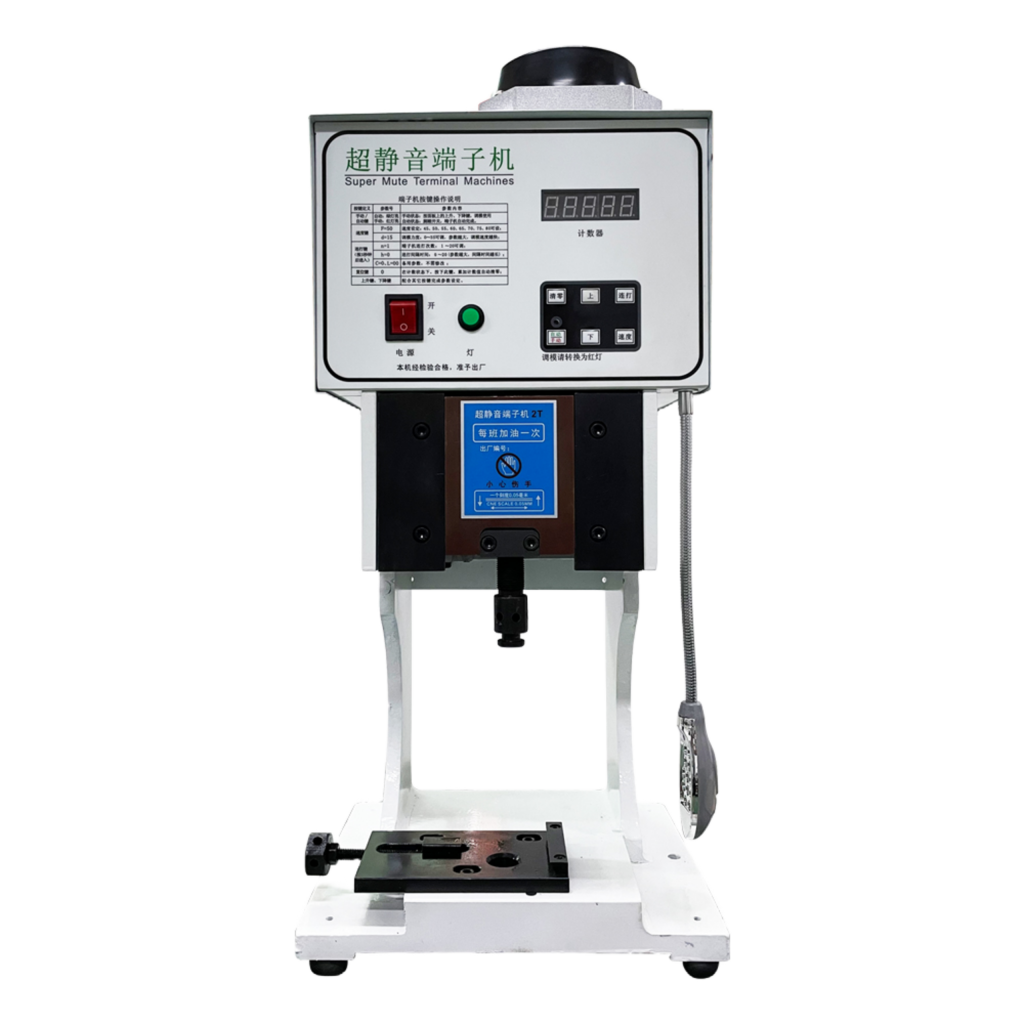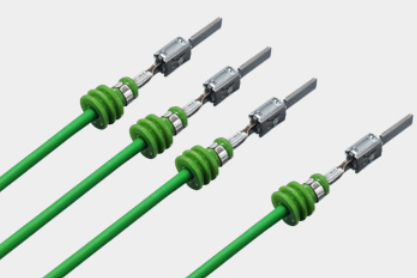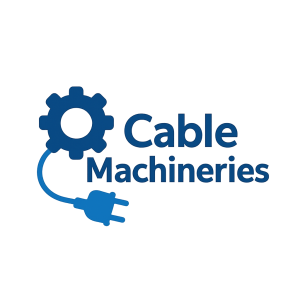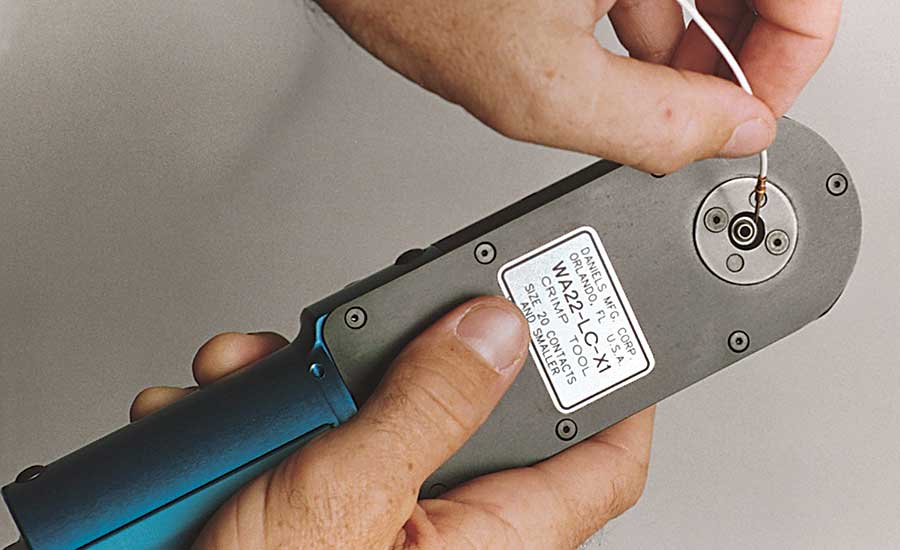How to Choose the Right Wire Harness Machine for Your Production Needs
Selecting the right wire harness machine is one of the most critical decisions for any manufacturer. It directly impacts your production speed, consistency, quality, and long-term cost efficiency. Whether you’re producing automotive harnesses, appliance wiring, or industrial cable assemblies, understanding how to choose the right machine helps you build a more efficient, reliable, and scalable production line.
At CableMachineries.com, we’ve helped hundreds of wire processing factories worldwide optimize their production with customized solutions—from automatic wire cutting and stripping machines to crimping and waterproof sealing systems. Below, we’ll break down the essential factors that guide your selection.
Define Your Production Volume and Automation Level

图1-995x1024.png)
The first step is to determine your expected production volume. Small workshops may only need semi-automatic machines, while high-volume factories benefit from fully automated cut-strip-crimp lines that combine multiple processes in one.
For instance, CableMachineries’ KK-500M automatic cut-strip-crimp machine is ideal for medium-scale harness production, while the KK-503N high-speed crimping line handles continuous operation for thousands of wires per shift.
📊 Production Recommendation Table
Choosing the right equipment depends on your production volume and automation requirements. The table below provides a quick guide to help you identify the ideal machine type for your manufacturing scale.
| Production Scale | Recommended Equipment Type |
|---|---|
| Low-volume / Prototype Production | Manual or Semi-Automatic Machines |
| Medium-volume | Standalone Automated Units |
| High-volume | Integrated Fully Automatic Production Lines |
For large manufacturers, integration with MES or ERP systems enables real-time tracking, error logging, and predictive maintenance.(Understand the differene of MES&ERP)
External reference: Komax Alpha Series Overview – one of the industry benchmarks for automated harness lines.
Wire Size (AWG) and Material Compatibility
Wire gauge compatibility defines what range your machine can process. Always check both the smallest and largest cross-section your harnesses require.
CableMachineries’ KK-501 Double-Wire Stripping Machine covers AWG32 to AWG18, perfect for small automotive signal lines. For heavier cables, the KK-502 supports up to 16mm², ideal for industrial or power applications.
You should also consider insulation type—PVC, Teflon, silicone, or fiberglass—since each material requires different blade geometry, pressure, and cutting speed.
For advanced production, automatic wire identification systems and multi-program storage simplify switching between cable types without recalibration.
Terminal and Connector Type


Different harnesses require different terminal crimping machines—open-barrel, closed-barrel, flag-type, or specialized EV connectors.
CableMachineries’ KKL-3T Terminal Crimping Machine ensures consistent crimp height and pull-off strength through servo-controlled precision. For dual-end or double-crimp operations, you can integrate it into an automatic cut-strip-crimp line for continuous workflow.
When choosing your crimping equipment, check:
- Terminal form factor and thickness
- Crimp height adjustment range
- Pressing force (measured in kN or tons)
- Compatibility with applicator tooling
Industry resource: TE Connectivity – Crimp Quality Guidelines
Automation Features: Fully Automatic vs Semi-Automatic
A common dilemma: should you choose fully automatic or semi-automatic machines?
Fully automatic systems—like CableMachineries’ Automatic Crimping & Waterproof Seal Insertion Machine—perform all steps (cutting, stripping, crimping, and sealing) in one continuous process. They offer unbeatable speed, accuracy, and labor savings.
However, semi-automatic setups are more flexible for mixed production or smaller batches, allowing quick changeovers between wire types and terminals.
Automation Type | Advantages | Limitations |
Semi-Automatic | Cost-effective, flexible | Requires more operator skill |
Fully Automatic | High output, consistency | Higher initial cost |
Cost, ROI, and After-Sales Support
Machine cost should always be analyzed in terms of return on investment (ROI)—not just the purchase price. Consider productivity gains, scrap reduction, and lower labor costs.
A fully automatic wire harness line can increase throughput by 200–300%, often paying for itself within a year.
CableMachineries offers strong global support through remote diagnostics, spare parts supply, and training. You can explore our After-Sales & Warranty Services page for details.
When comparing vendors, look beyond pricing:
- Warranty duration and response time
- Local technical service availability
- Compatibility with existing tools and applicators
- Software upgrade and calibration support
External reference: IPC/WHMA-A-620 Standard – defining workmanship quality for wire harness assemblies.
Future Scalability and Smart Features
As the industry moves toward Industry 4.0, machines now integrate IoT connectivity, smart sensors, and predictive maintenance.
CableMachineries’ latest models feature:
- Real-time production monitoring via touchscreen interface
- Error detection and auto-stop functions
- Optional AI vision inspection modules for crimp verification
- Cloud-based production analytics
These features help manufacturers reduce downtime, optimize batch scheduling, and maintain consistent output across global plants.
If you anticipate growth or diversification into EV or hybrid harnesses, investing in scalable and modular automation today will future-proof your production.
Environmental and Quality Compliance
Finally, make sure your chosen machines meet relevant international standards—both for safety and environmental compliance.
CableMachineries designs equipment following CE and ISO9001 guidelines, ensuring full safety compliance and repeatable quality control. This adherence guarantees that your finished harnesses meet UL and IPC/WHMA-A-620 reliability requirements.
External references for compliance:
- ISO9001 Quality Management System
- UL Certification for Wire Harnesses
Conclusion
Choosing the right wire harness machine isn’t only about speed—it’s about precision, consistency, and total lifecycle cost. By understanding your wire specifications, terminal types, and automation goals, you can select equipment that maximizes productivity and minimizes risk.
At CableMachineries.com, we help manufacturers worldwide find the perfect match between automation level, cost efficiency, and long-term scalability. Explore our full range of wire cutting, stripping, crimping, and sealing machines, or contact our engineers for a personalized recommendation based on your production targets.
